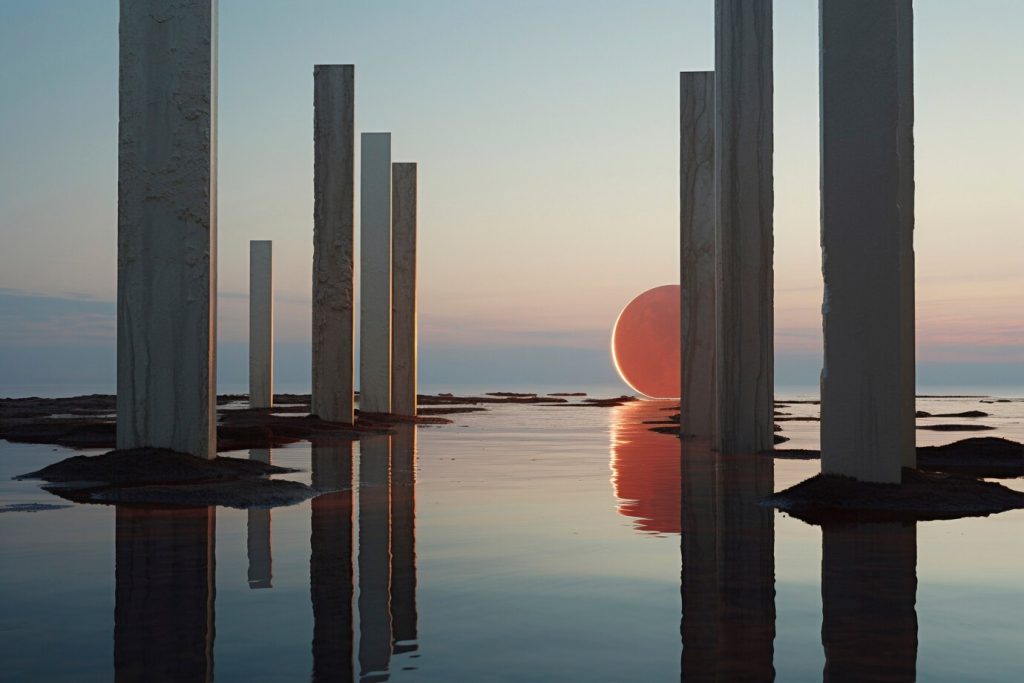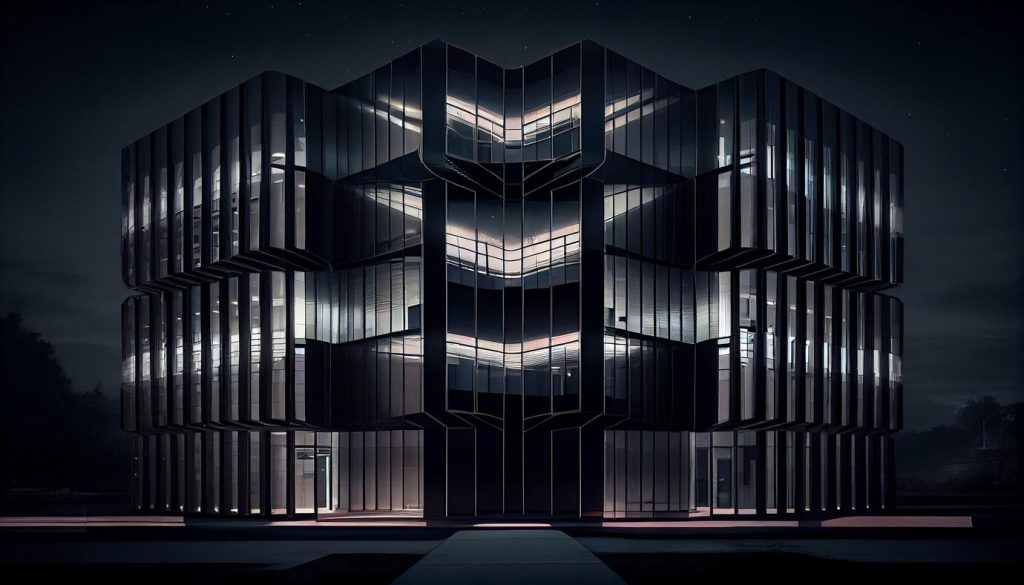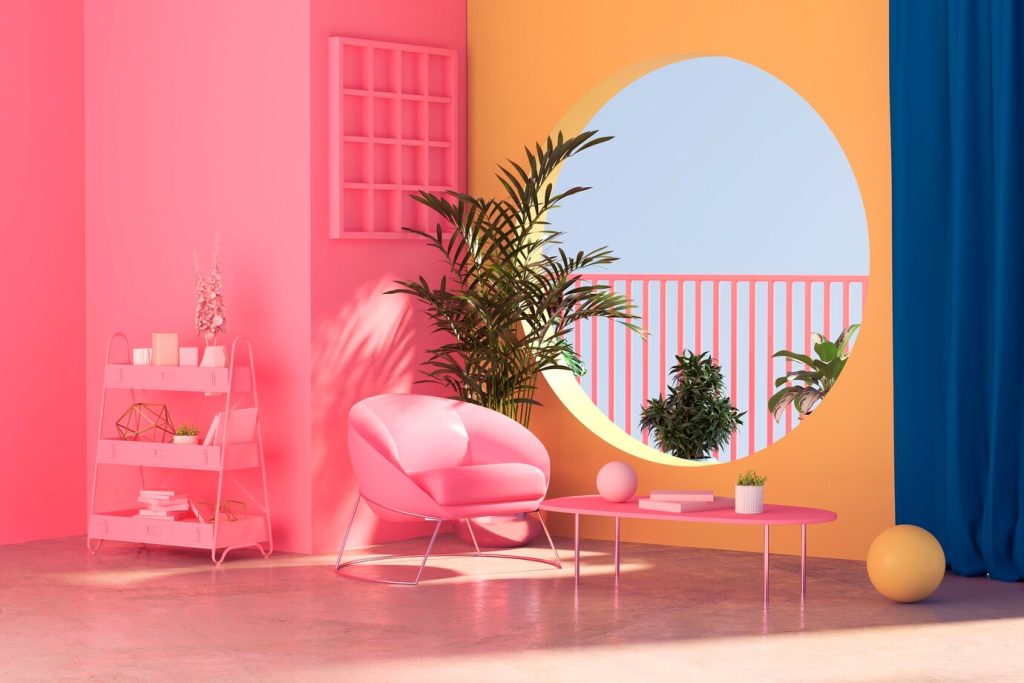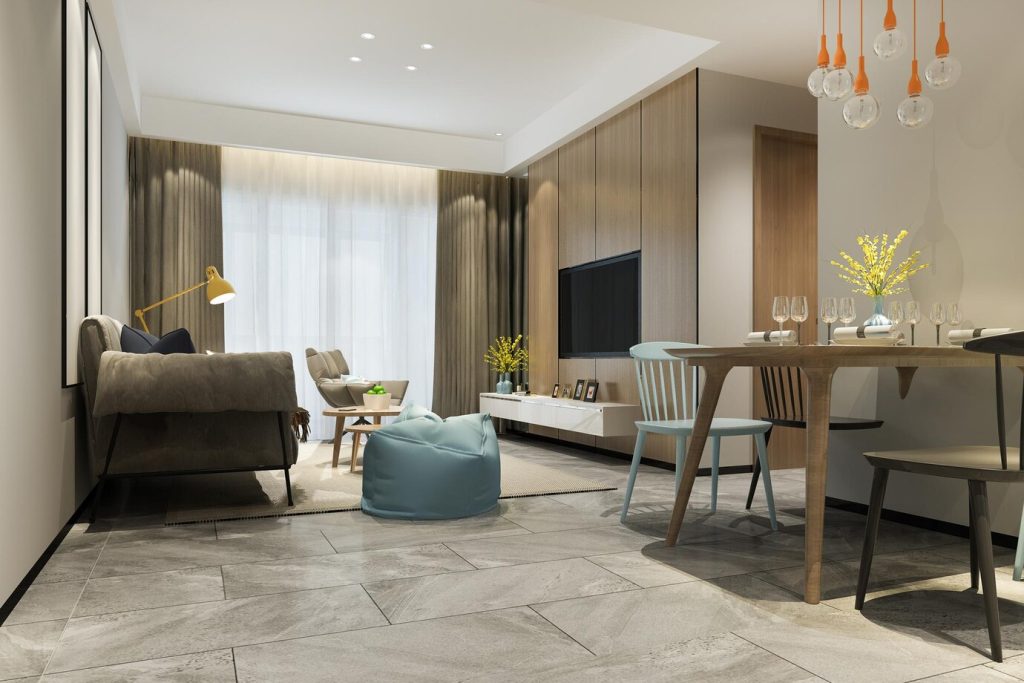
In the blink of an eye, 2024 has knocked on our doors, and with it, a new wave of architectural design trends has swept across the globe. Whether it’s an unyielding resilience we’ve built due to the pandemic or the exponential growth in technological advancements, it’s propelled design norms into exciting new territories. So, let’s explore the 2024 architectural design trends as they unfold in a post-pandemic world.

Long-tail Keywords: “2024 Architectural Trends”, “Post-pandemic Design Trends”, “Future of Architecture Design”, “Post-COVID Architectural Design”
1. Green Architecture Rising
As architects, we’ve realized our responsibility for sustainable design to protect our planet. The Edge in Amsterdam, the world’s most sustainable building, harnesses rainwater for sanitation, has solar panels installed, and utilizes natural light to the maximum, setting a precedent for design in 2024.
2. Flexible Office Spaces
The pandemic has taught us the importance of adaptable spaces. Companies are redesigning offices to incorporate more flexible working options. Take Google’s California headquarters, which uses robotically rearranged interiors, envisioning the future of adaptable working environments.
3. Healthy Buildings
Designing for health is gaining substantial importance. Architects are creating ventilation systems and using materials that reduce disease transmission. Take the McGill University Health Centre in Canada: spaces organized to promote health, natural ventilation, and low-emission materials contribute to the well-being of patients and staff.
4. Biophilic Designs
A trend to watch for in 2024 is Biophilic design, incorporating nature directly into architectural context. One notable example is the residential complex Bosco Verticale in Milan, a vertical forest that presents an enchanting harmony between architecture and nature.
5. Proptech Adoption
Proptech, revolutionizing the way buildings are designed, built, and used, is the new kid on the block. Virtual Reality enables clients to visualize projects, and Big Data aids in developing smarter buildings. Salesforce Tower in San Francisco is a telling example of Proptech, featuring an AI-powered system controlling lighting, temperature, and other environmental factors.
6. Neighborhood-Centric Design
Post-pandemic life has shone the spotlight back on neighborhood planning. Architects are designing communities with easy access to necessary amenities. Example? Tokyo’s Ginza Six complex, integrating residences, offices, shopping areas, and even a rooftop garden into a single multi-functional hub.
Conclusion: The Dawn of a Design Revolution
As we steam ahead into 2024, it’s clear that architecture is about much more than aesthetics; it’s about creating spaces that accommodate changes in our lifestyle, workplace habits, and societal norms. The years to follow are primed to be an exciting period for architectural design – a time for embracement, exploration, and above all, innovation. So buckle up, and let’s design a world for the better, together!


